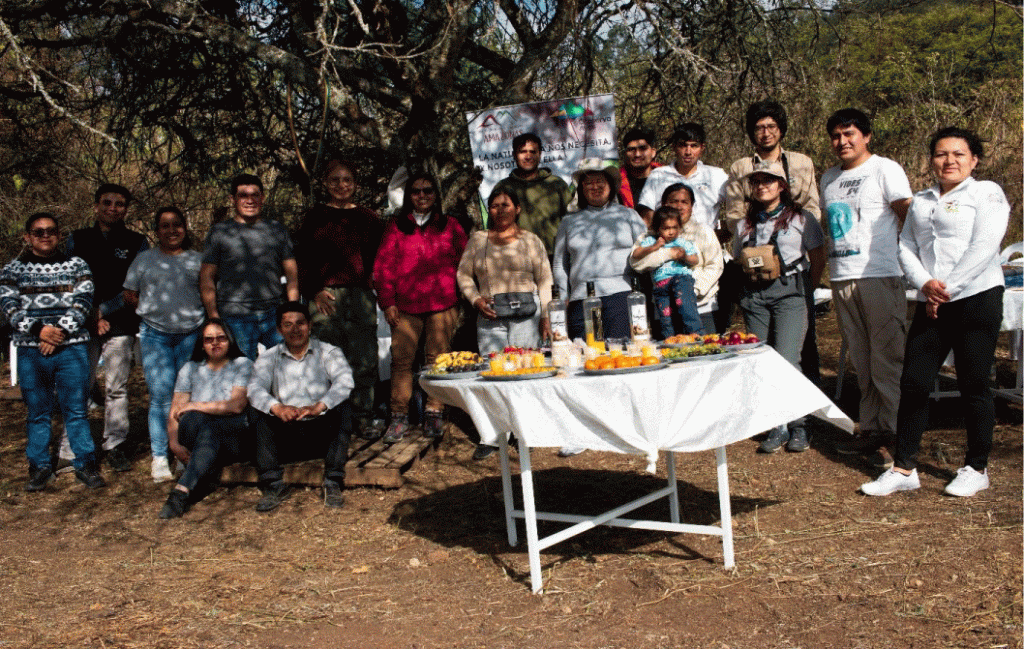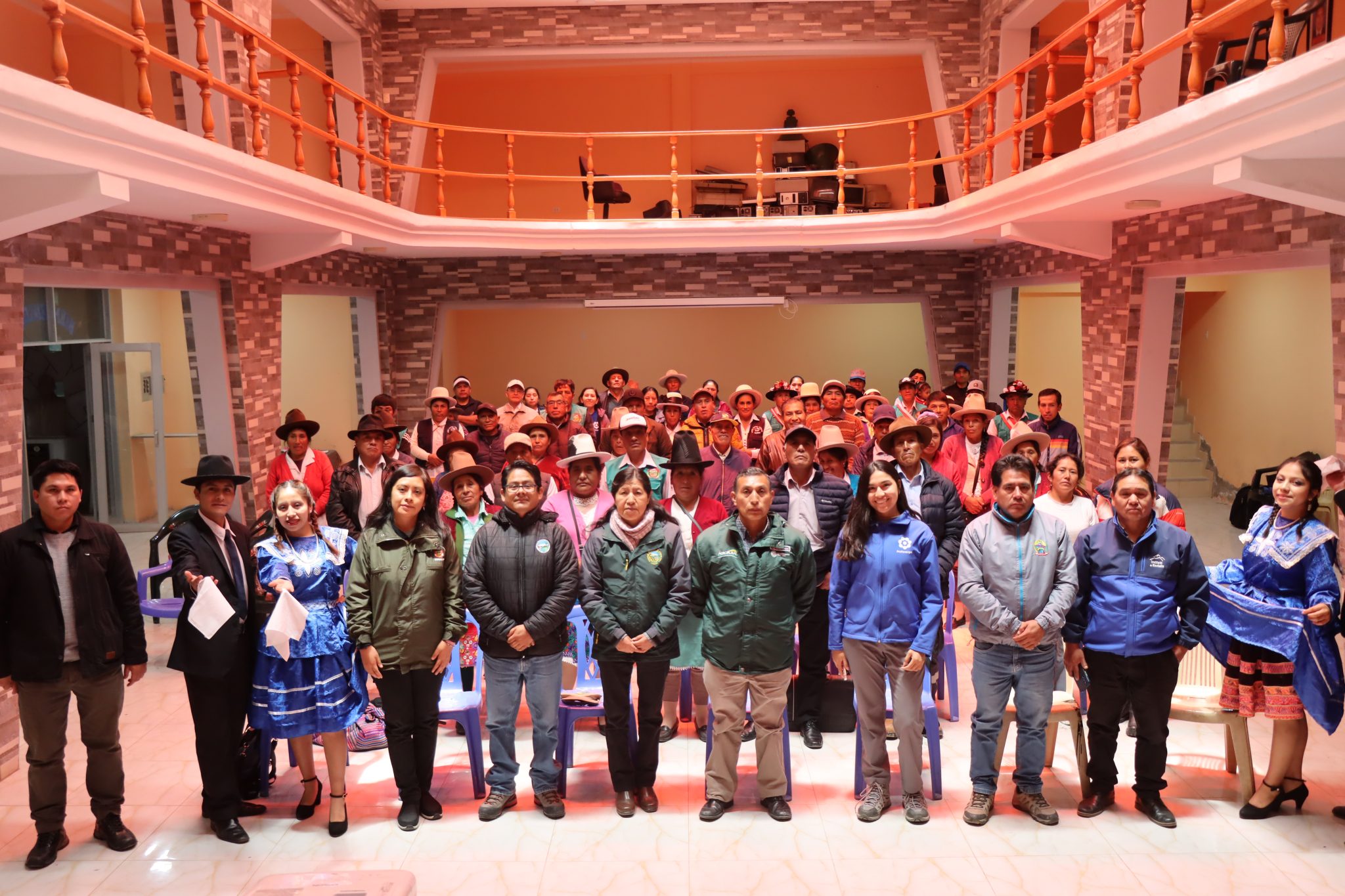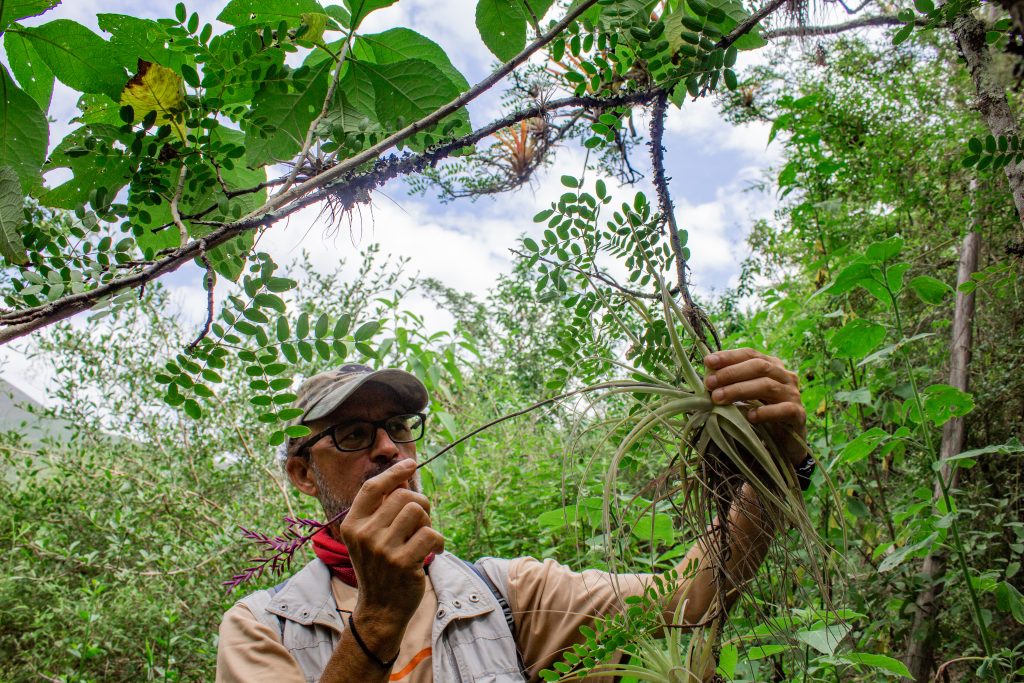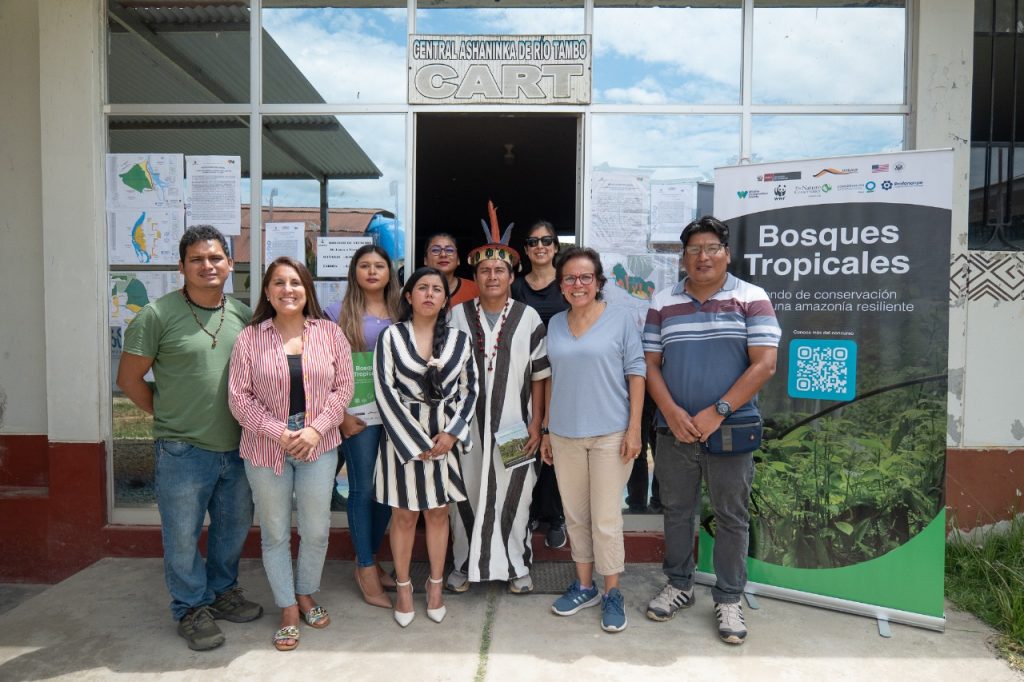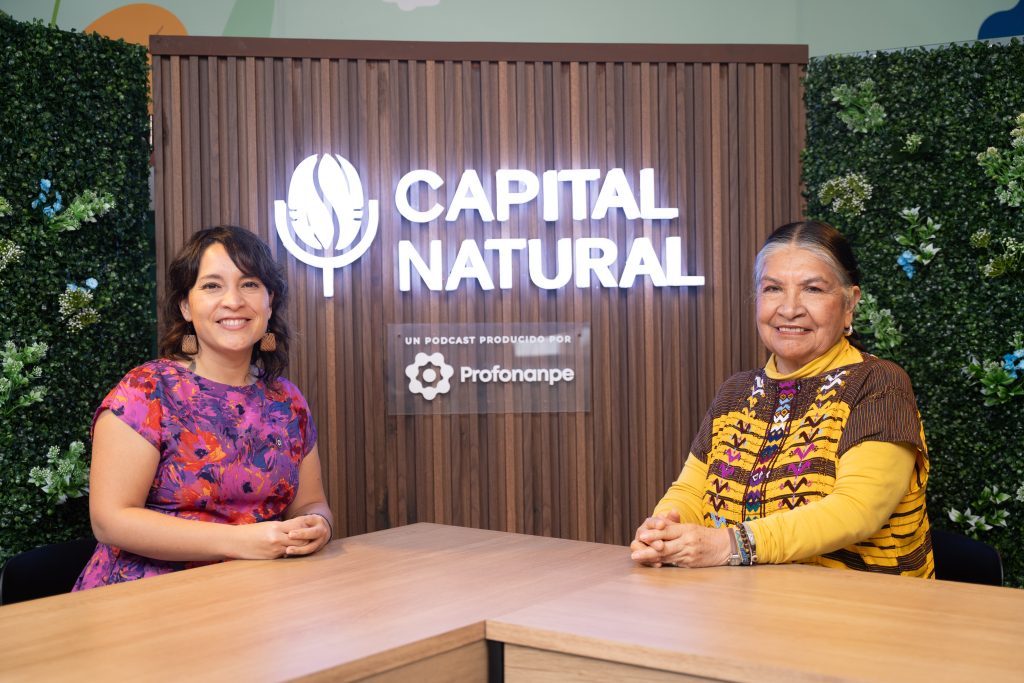Participants during the “Heart of the AMA NETWORK” outdoors, sharing moments of conviviality in nature.
Photo: Eduard Valdivia Torres.
On August 16 and 17, 2024, key local stakeholders, including community boards and conservation area owners, gathered at the “Heart of the AMA Network” event to share their experiences, learn new conservation strategies, and strengthen collaboration between communities and organizations that make up the Network.
The event, held in the auditorium of the Regional Environmental Authority and Fundo Pucacruz, was a space for dialogue and learning for local leaders responsible for conservation areas. These representatives are fundamental in the protection of the ecosystems of the Tropical Andes of Northern Peru, and their work allows the implementation of concrete solutions to preserve biodiversity while promoting sustainable development opportunities.
Context and justification
The Amazon region faces significant threats due to deforestation and agricultural expansion. These activities have led to biodiversity loss and degradation of local ecosystems. In this context, local stakeholders play a key role in mitigating these effects through direct management of conservation areas that protect natural resources and promote sustainable development in their territories.
The AMA NETWORK, established in 2006, has worked tirelessly to integrate biodiversity conservation with the economic development of local communities. The “Heart of the AMA Network” event represents a step forward in strengthening this approach, ensuring that local stakeholders have the tools and support necessary to continue protecting Amazonian ecosystems.
The “Heart of the AMA Network” project was financed with a $150,000 grant from PROFONANPE for the creation and expansion of private conservation areas in the Northern Tropical Andes of Peru. This funding has been key to strengthening local capacities and ensuring the sustainability of conservation projects in the region.
Specific results and commitments
One of the most significant achievements of the event was the consolidation of the commitment of local stakeholders to expand and strengthen conservation areas. The owners and leaders of the PCAs agreed to work together to improve the monitoring of these areas, ensuring the protection of vulnerable species such as the yellow-tailed Choro monkey, while promoting ecotourism in their territories. This management model is key to the success of RED AMA and its long-term conservation projects.
Local representatives also participated in workshops and hands-on activities, learning about the use of Merlin ID technology for bird monitoring, which allows them to acquire specific skills for the efficient management of their conservation areas. These new tools will improve their capacity to manage natural resources and strengthen local governance.
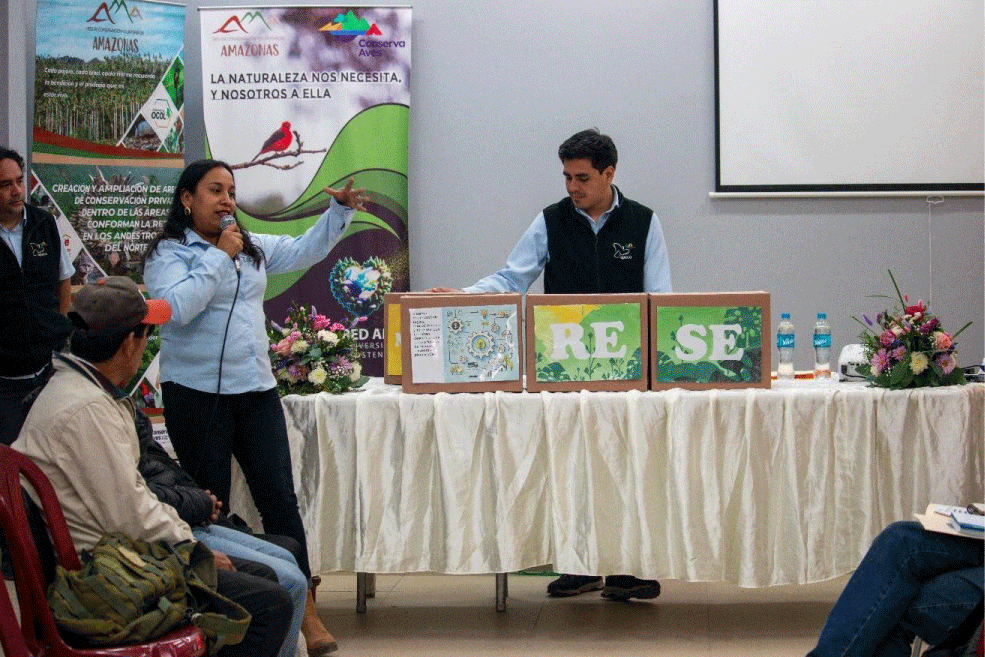
Speakers explaining the importance of protecting natural areas in Amazonas
Photo: Eduard Valdivia Torres
Strengthening alliances and benefits for communities
The event was also an opportunity to strengthen alliances between local and national organizations, such as ECOAN, CORBIDI and APECO, which provided technical and financial support for the management of protected areas. These alliances not only strengthen the capacity of local stakeholders, but also ensure the sustainability of conservation initiatives in the future.
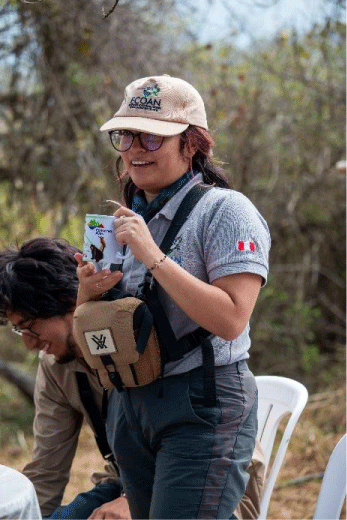
Participation of different organizations
Photo: Eduard Valdivia Torres
The direct impact of these actions benefits communities that depend on natural resources and ecotourism. The AMA Network’s focus on the active participation of local leaders ensures that protected area management decisions respond to the real needs of the communities, promoting economic development based on sustainability.
For more details on future conservation initiatives and the impact of local stakeholders in the AMA NETWORK, please contact:
Contact
Angers William Espejo Pingus
RED AMA Environmental Specialist
aespejop24@gmail.com
Eduard Valdivia Torres
eduard.arm@hotmail.com


